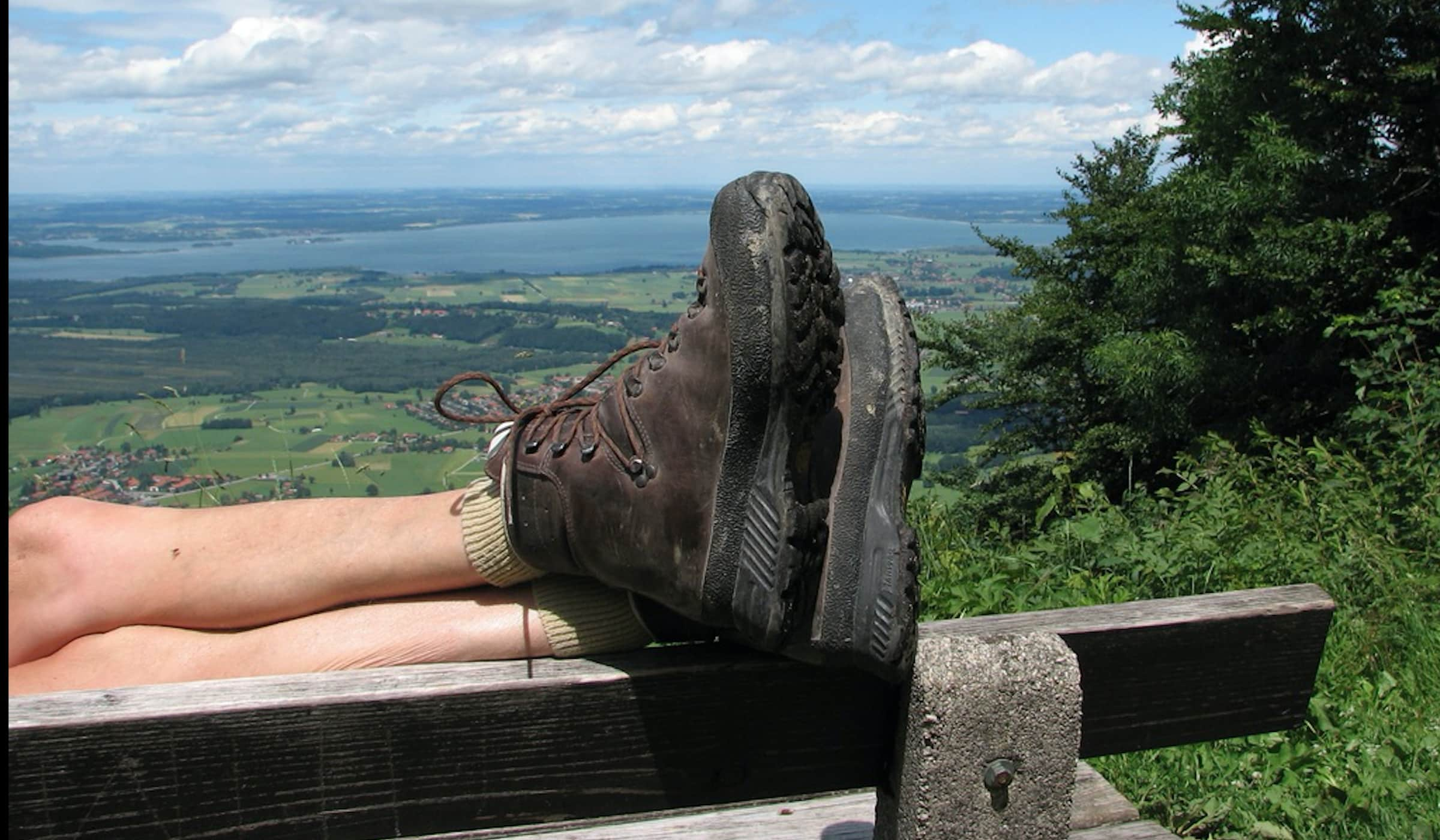Hiking Boots: Getting the Perfect Fit
OutdoorHub Reporters 06.11.18

Anyone who has gone hiking, or even seen the film “Wild” starring Reece Witherspoon, will know the importance of getting a pair of hiking boots that fit well. Poorly fitting boots can cause blisters, sores, and ruin the enjoyment of your excursion.
Below we give you some tips to get the perfect fit for your shoes.
Try them on!
This one almost goes without saying, but it’s important to try on the boots carefully. When doing so, be sure to remove the laces, and then re-lace to ensure all the laces are tight. When re-lacing, make sure that the tongue is central.
Keep in mind that the time of day can affect the fit of the boot. As the day progresses, your foot can become more swollen. This will obviously have an effect on the comfort. So, it is advisable to try on any boot in the evening or after exercise to mimic the effects of walking.
Get moving
When we say get moving, we don’t just mean walking backward and forwards on a flat surface. After all, this will not accurately simulate all the rigors and stress the boots will have on your feet when tackling a hike in Yellowstone!
If you want to get the perfect fit, try the boots and walk an incline, go up and down steps, and do some lateral movement. While this doesn’t entirely represent a walk, it will you give a better idea if the boot is going to rub or cause irritation.
Enough room for your toes
Most good hiking boots come with an enclosed “toe box” that provides extra protection. This, however, means that over time this area will not stretch as you may expect, like with other shoes. Therefore, at the initial fitting, make sure your toes have enough room and don’t feel cramped. Test this by walking downhill; if your toes touch the fabric at the front, you probably need a bigger size.
Pick the right socks
When trying on your boots, it’s important that you wear the same or similar style socks to those you plan on wearing on the trail. Socks come in many different styles and thickness, and this will affect the fit of the boot.
Getting the right fit will not only help keep you comfortable; it will also help you avoid dreaded blisters while out on the trail. By following the above advice, you can prevent an ill fit and enjoy a better hiking experience.

